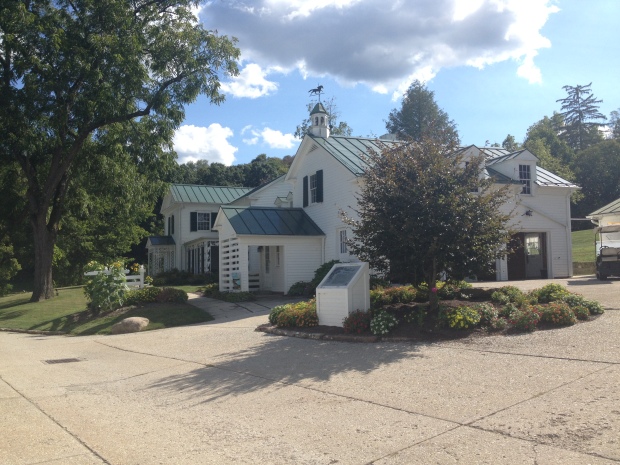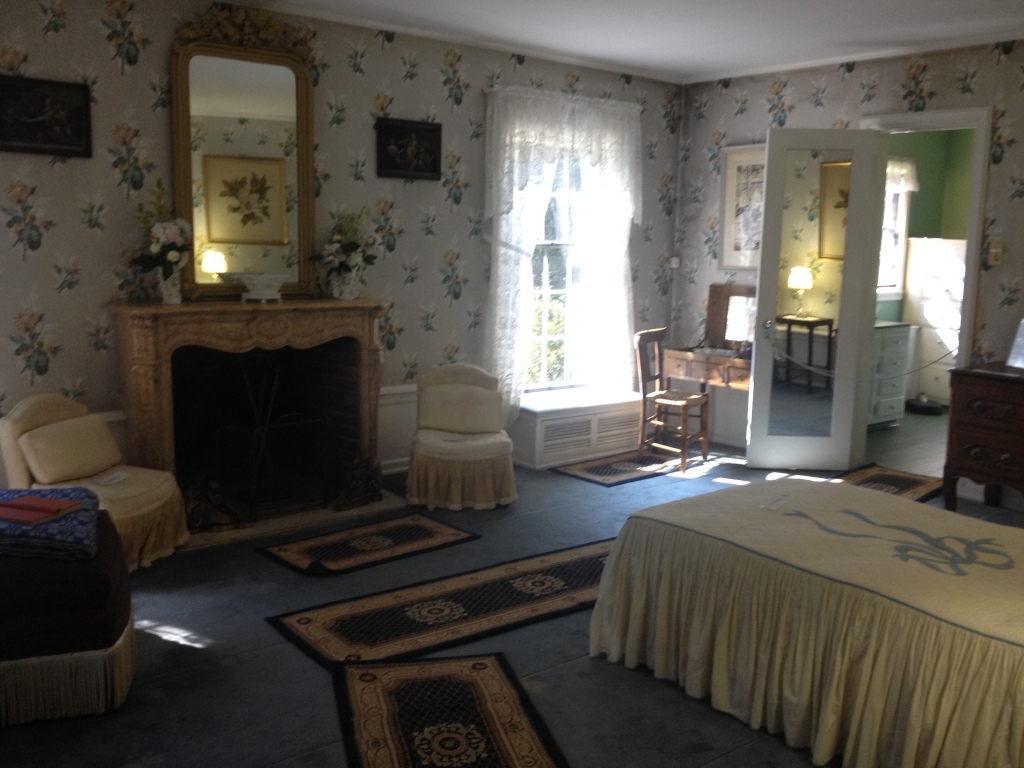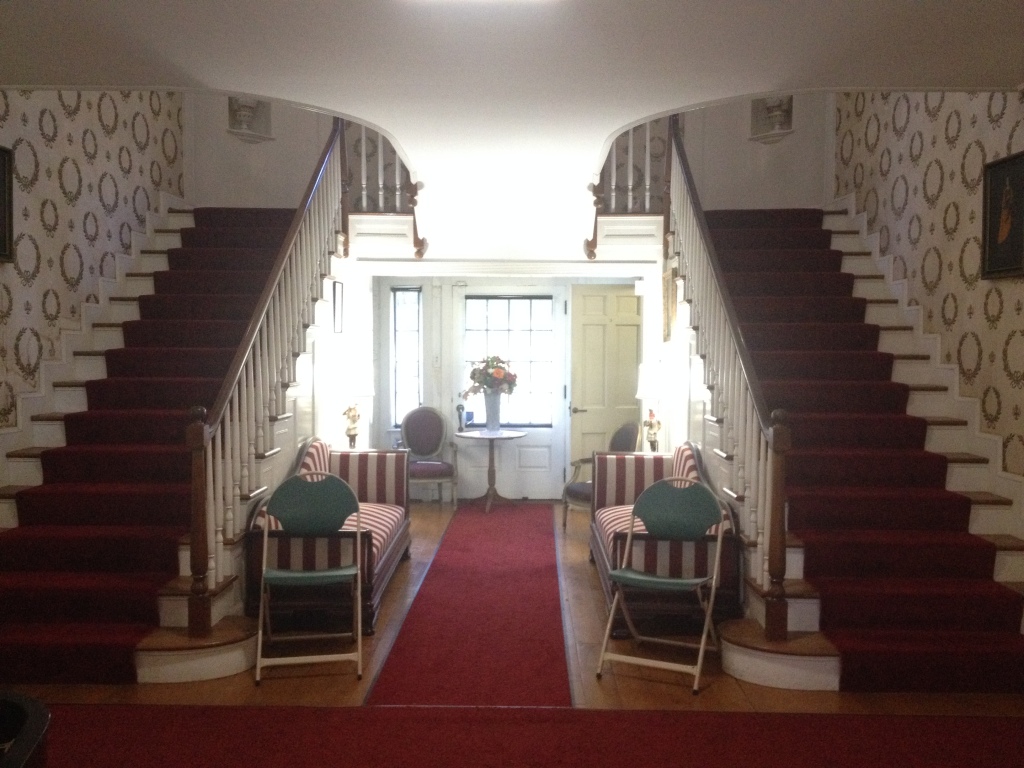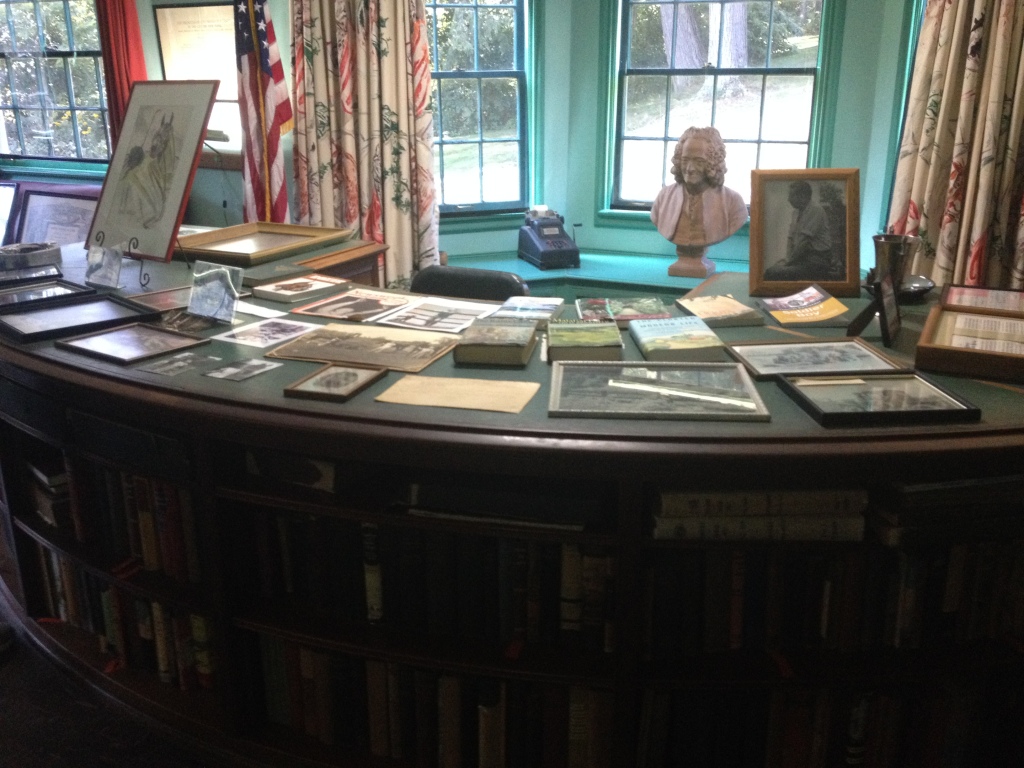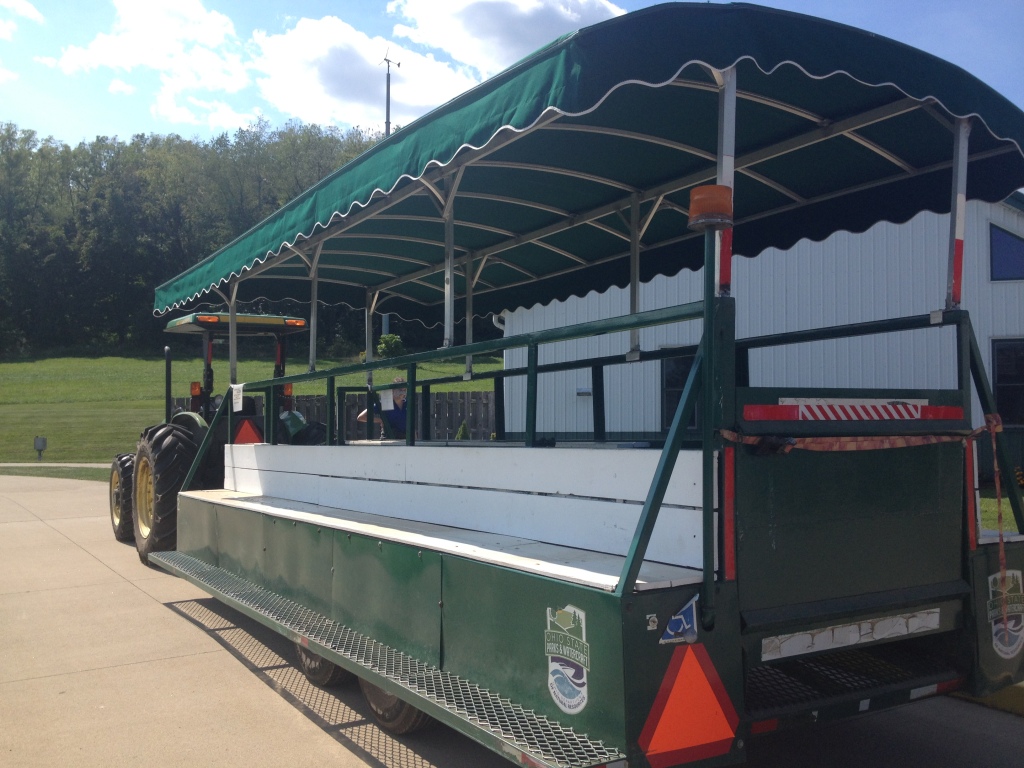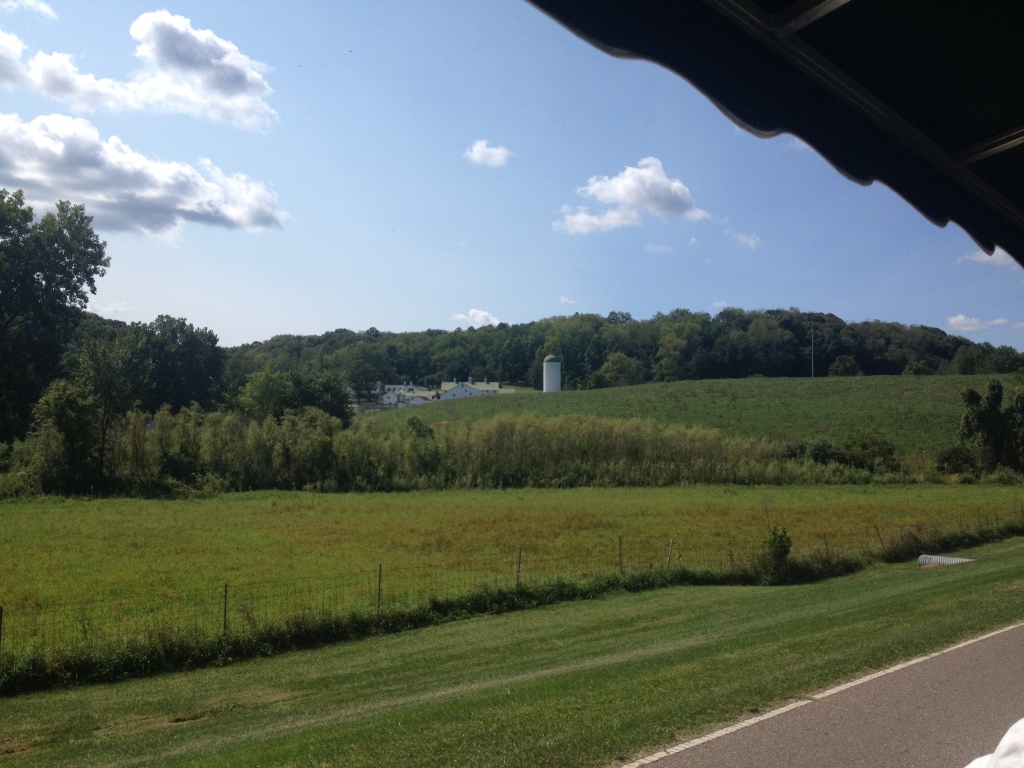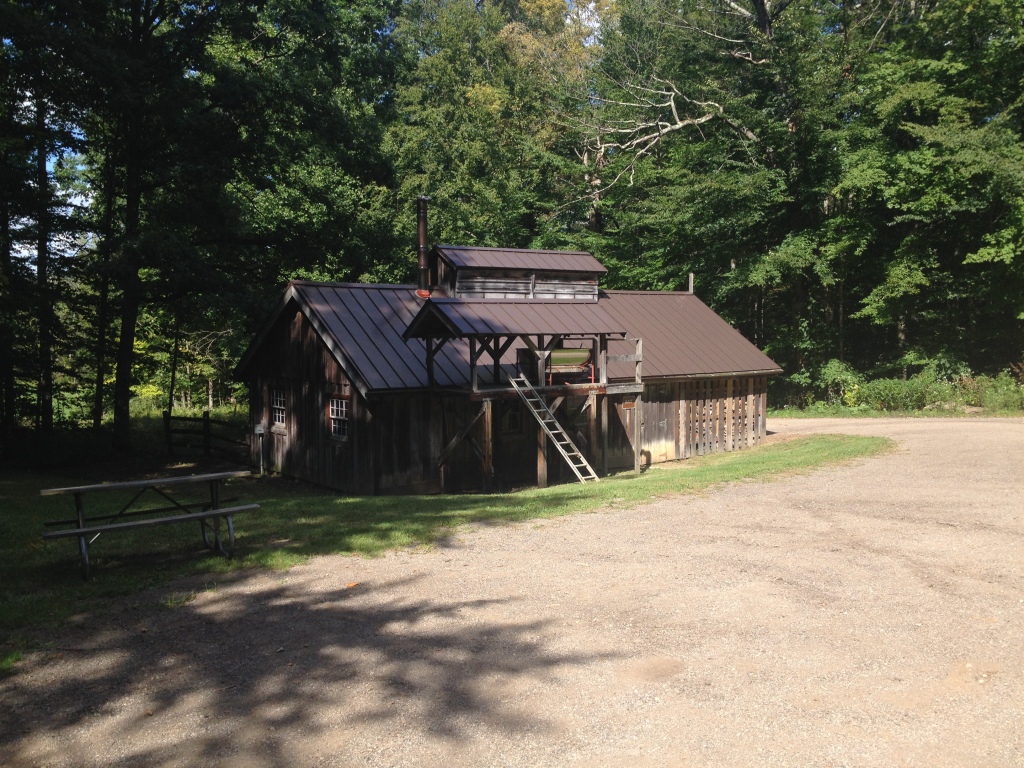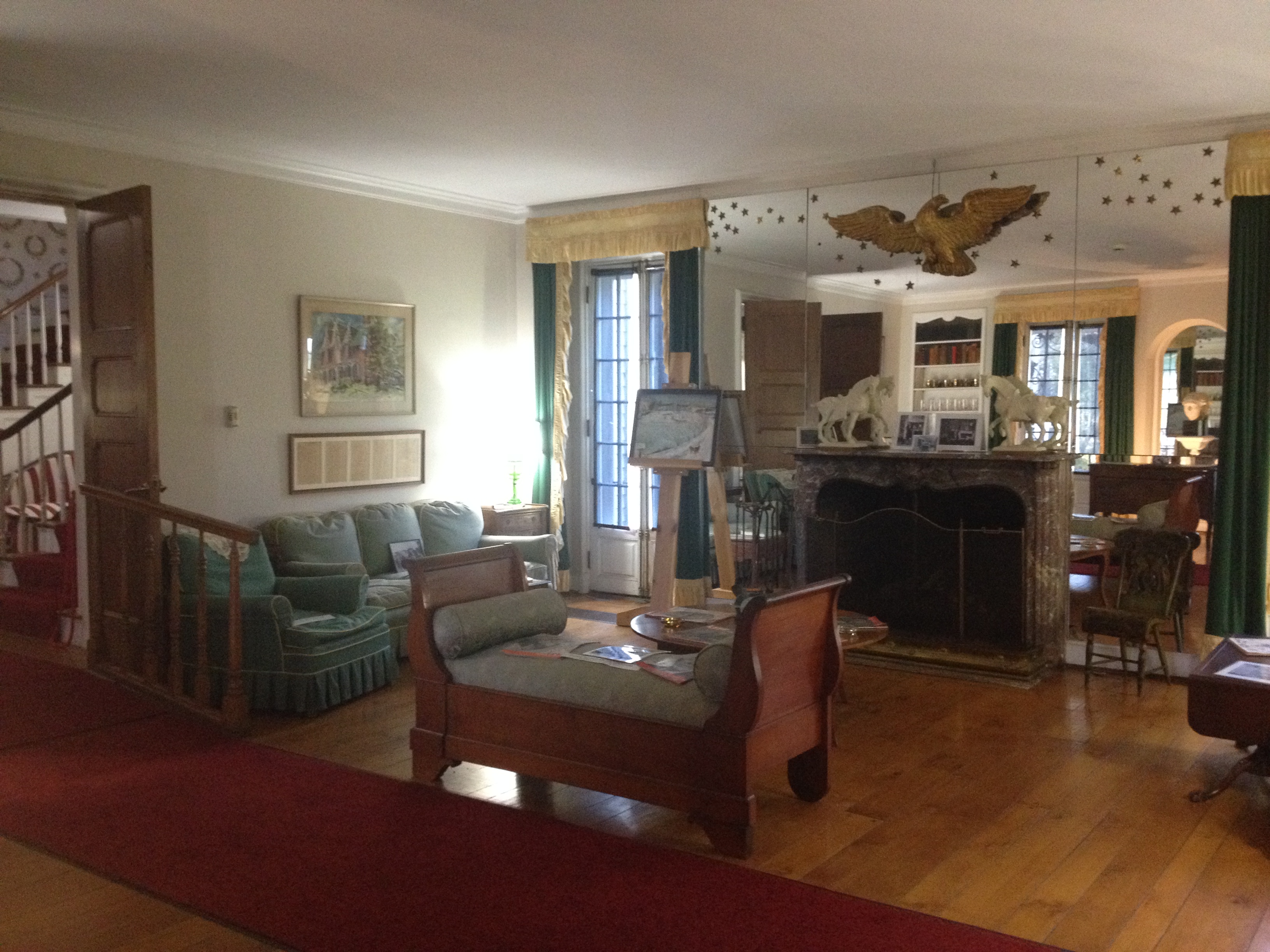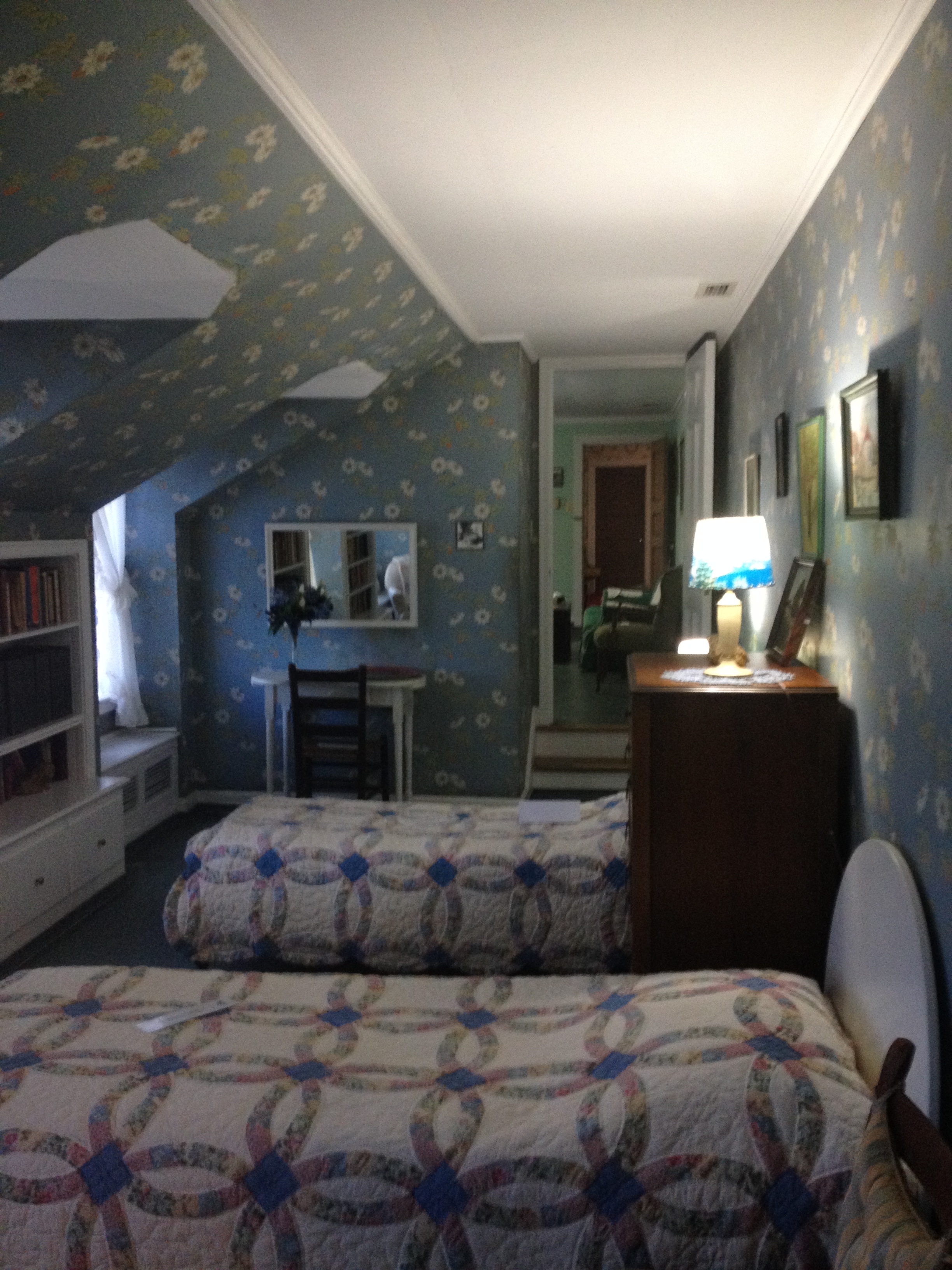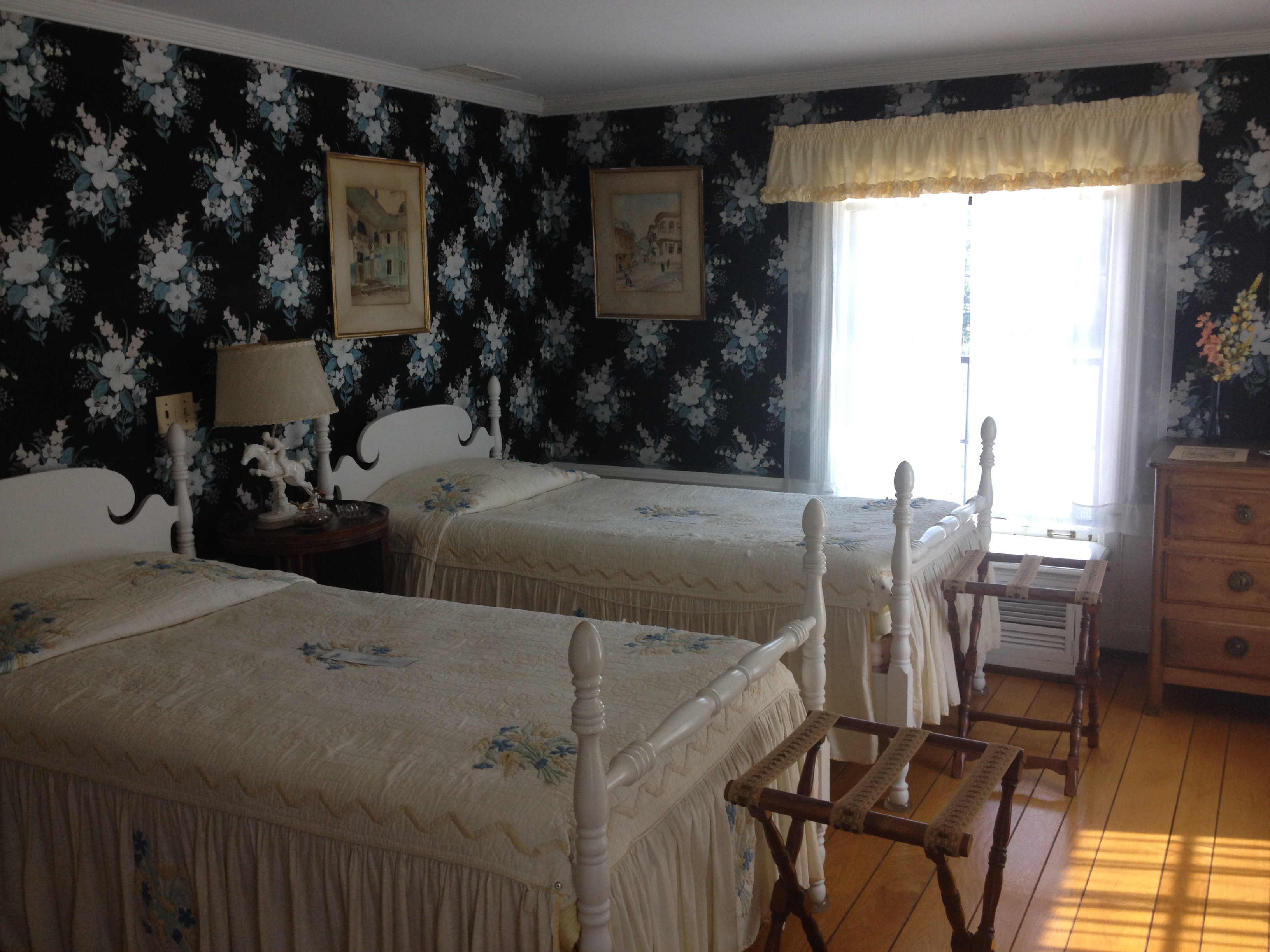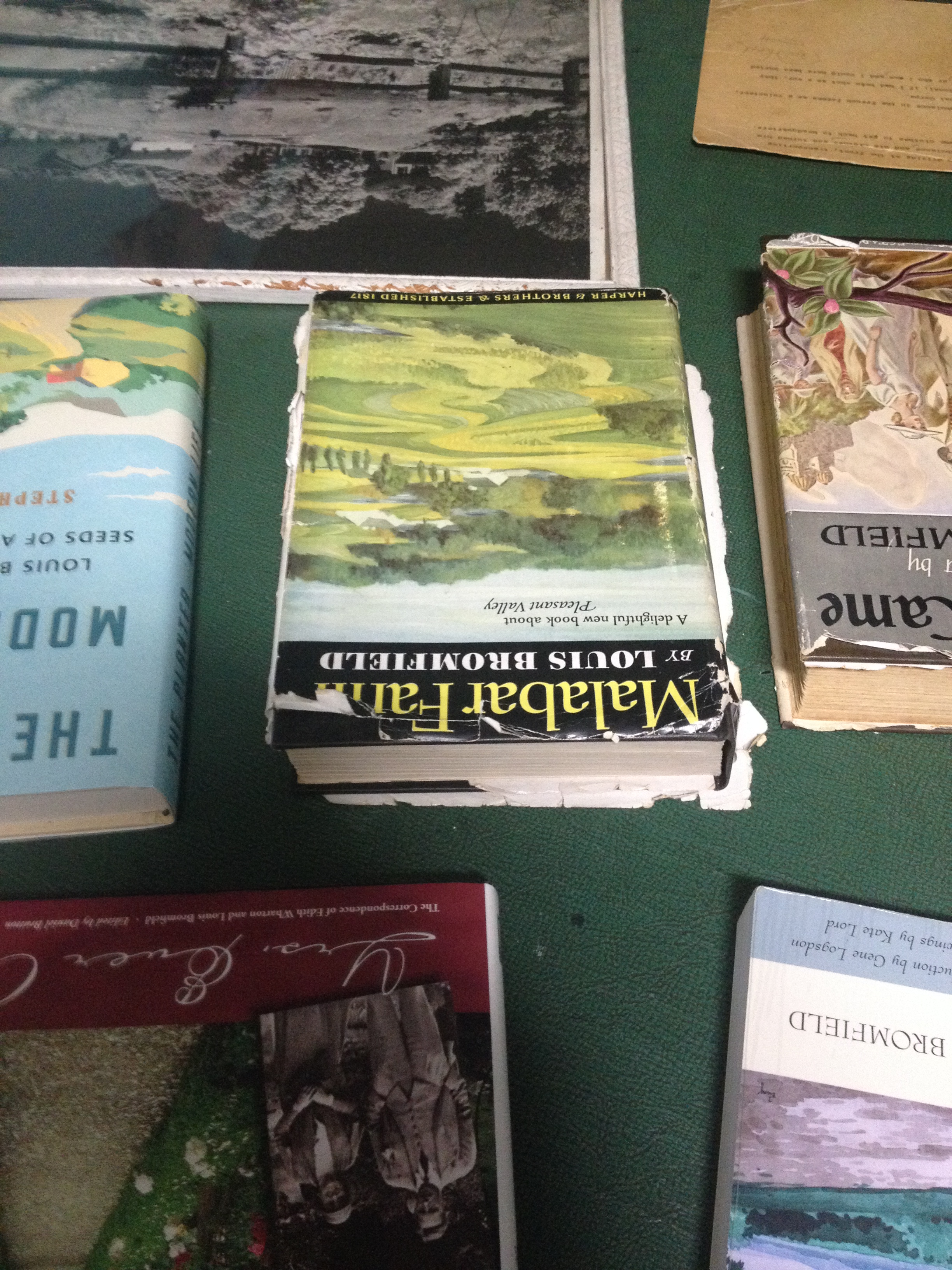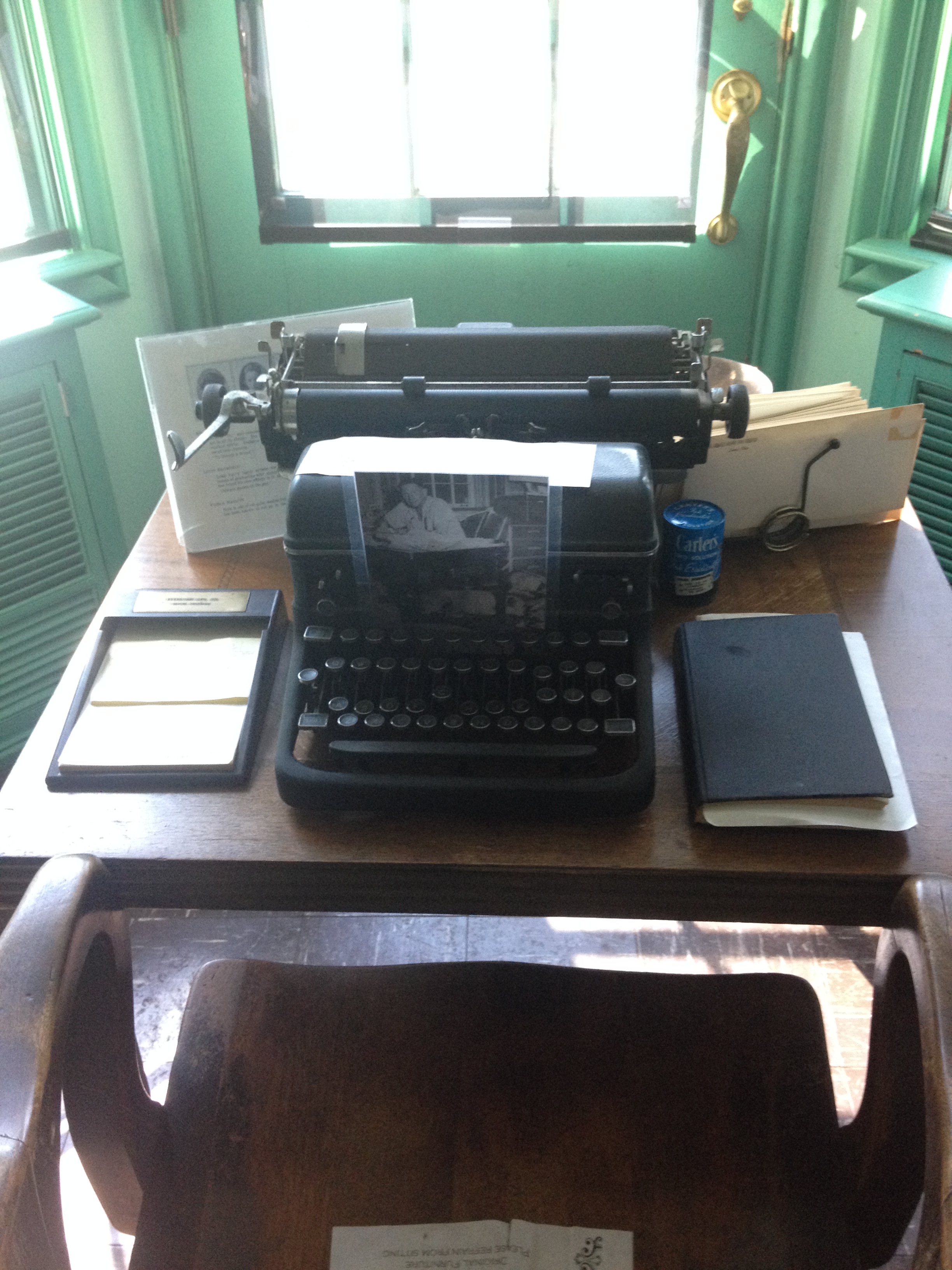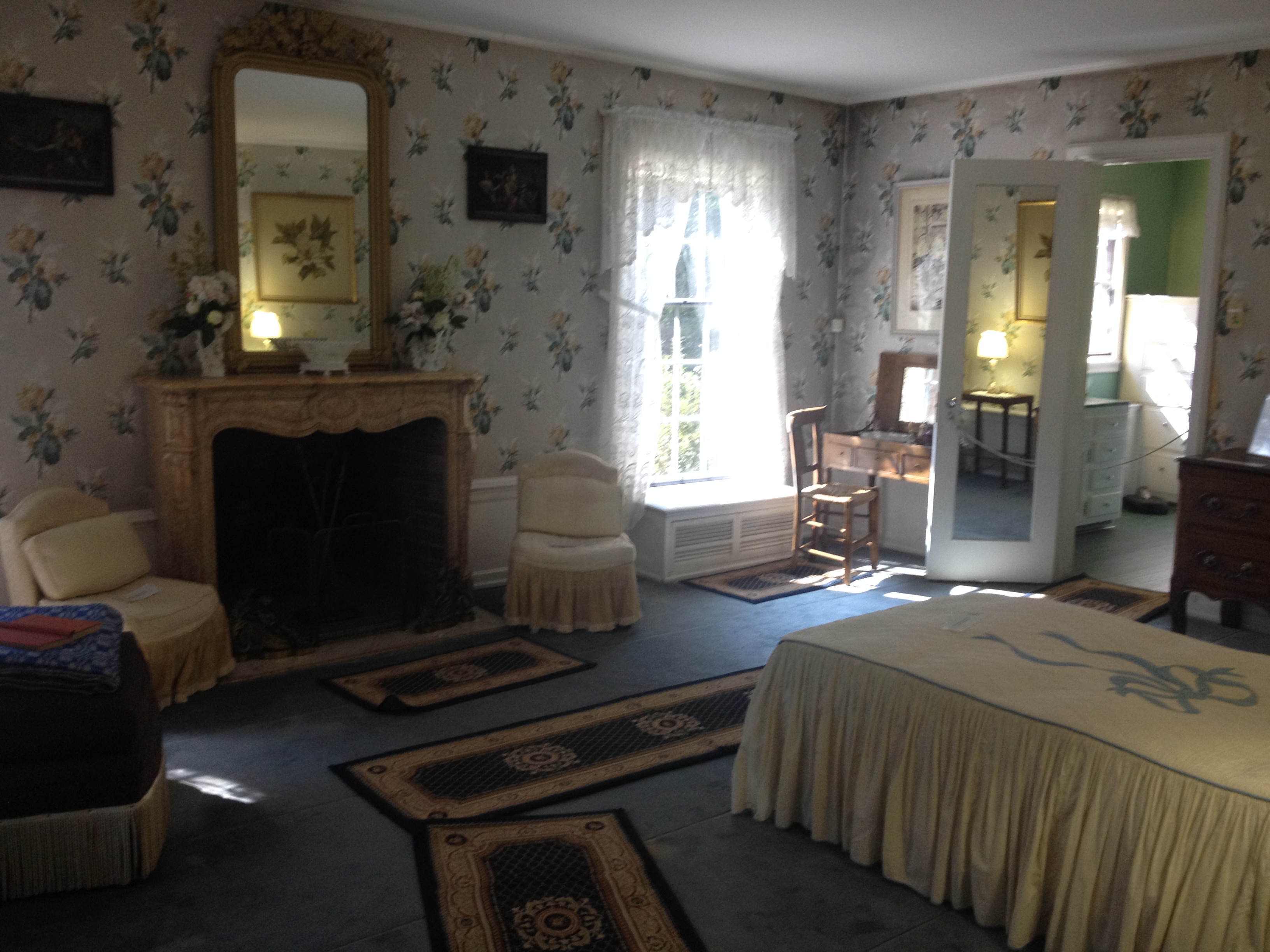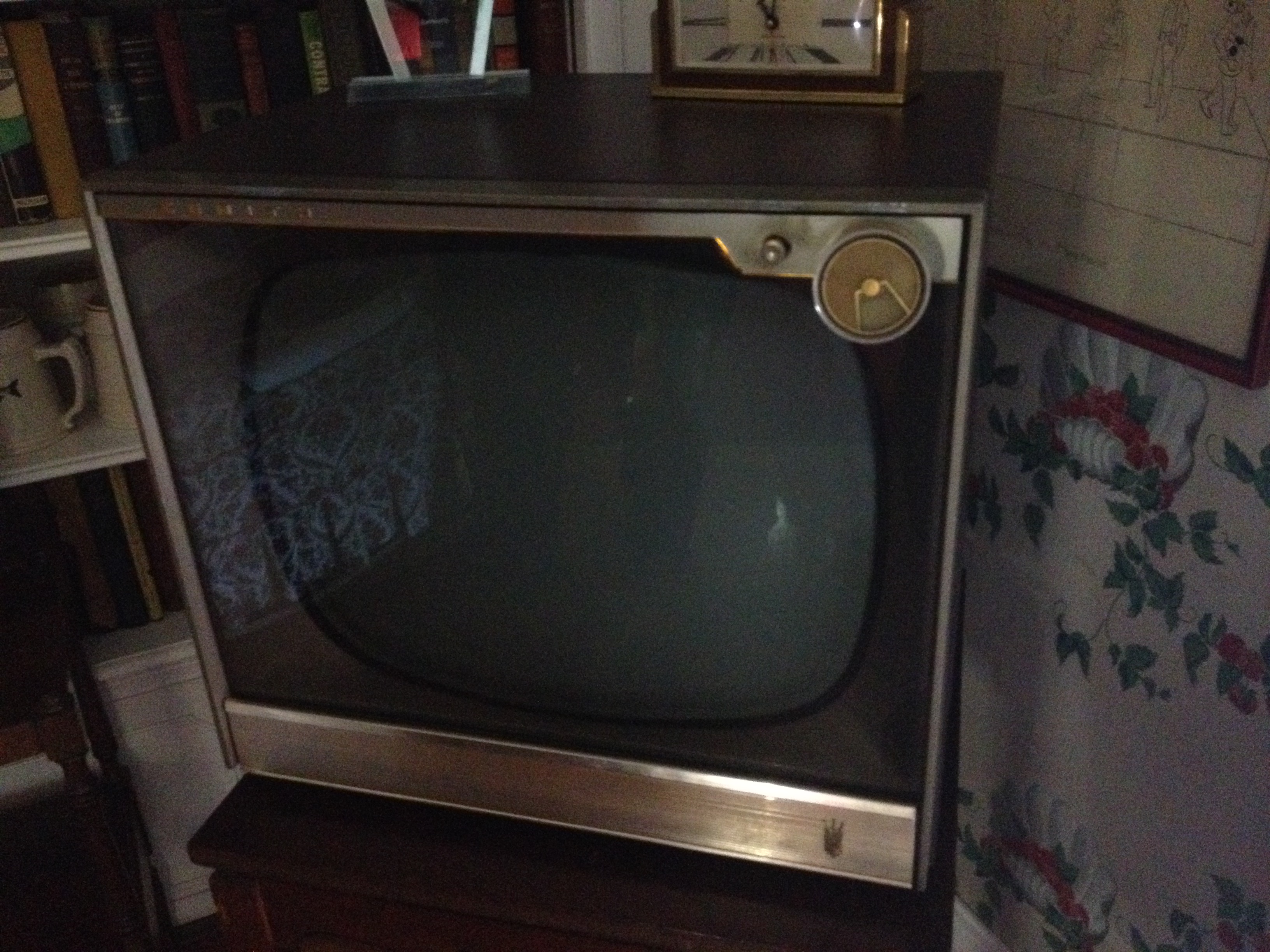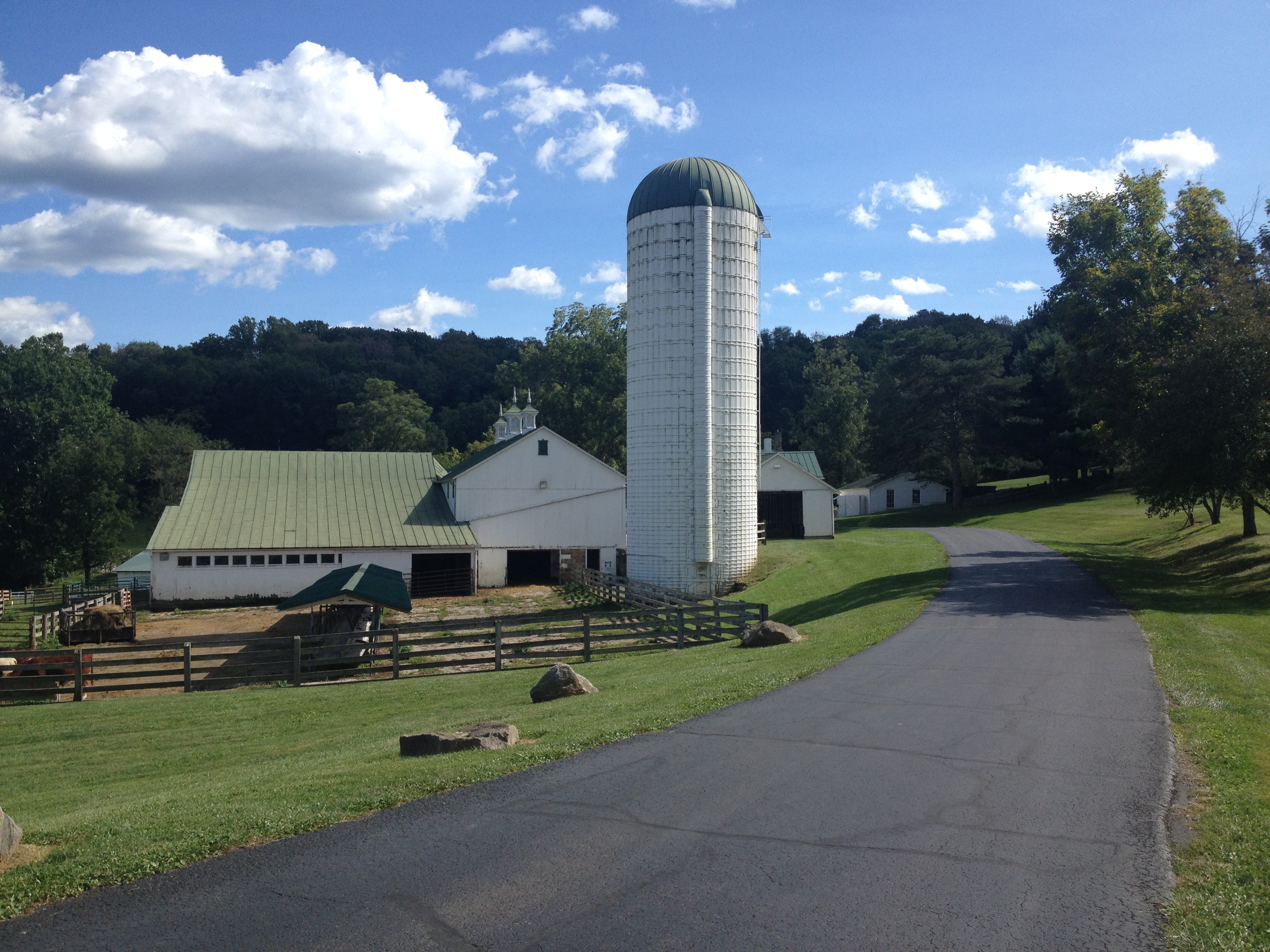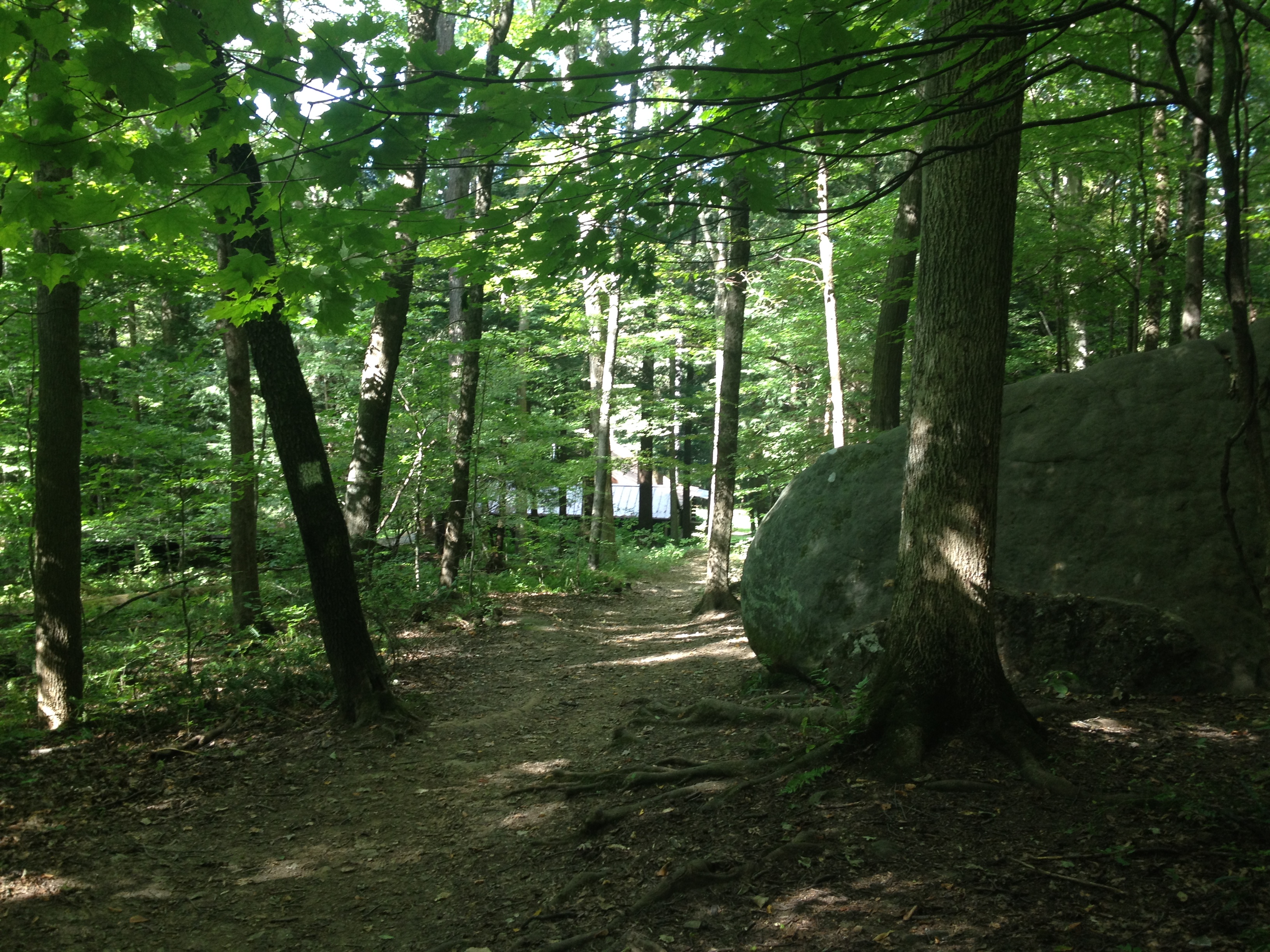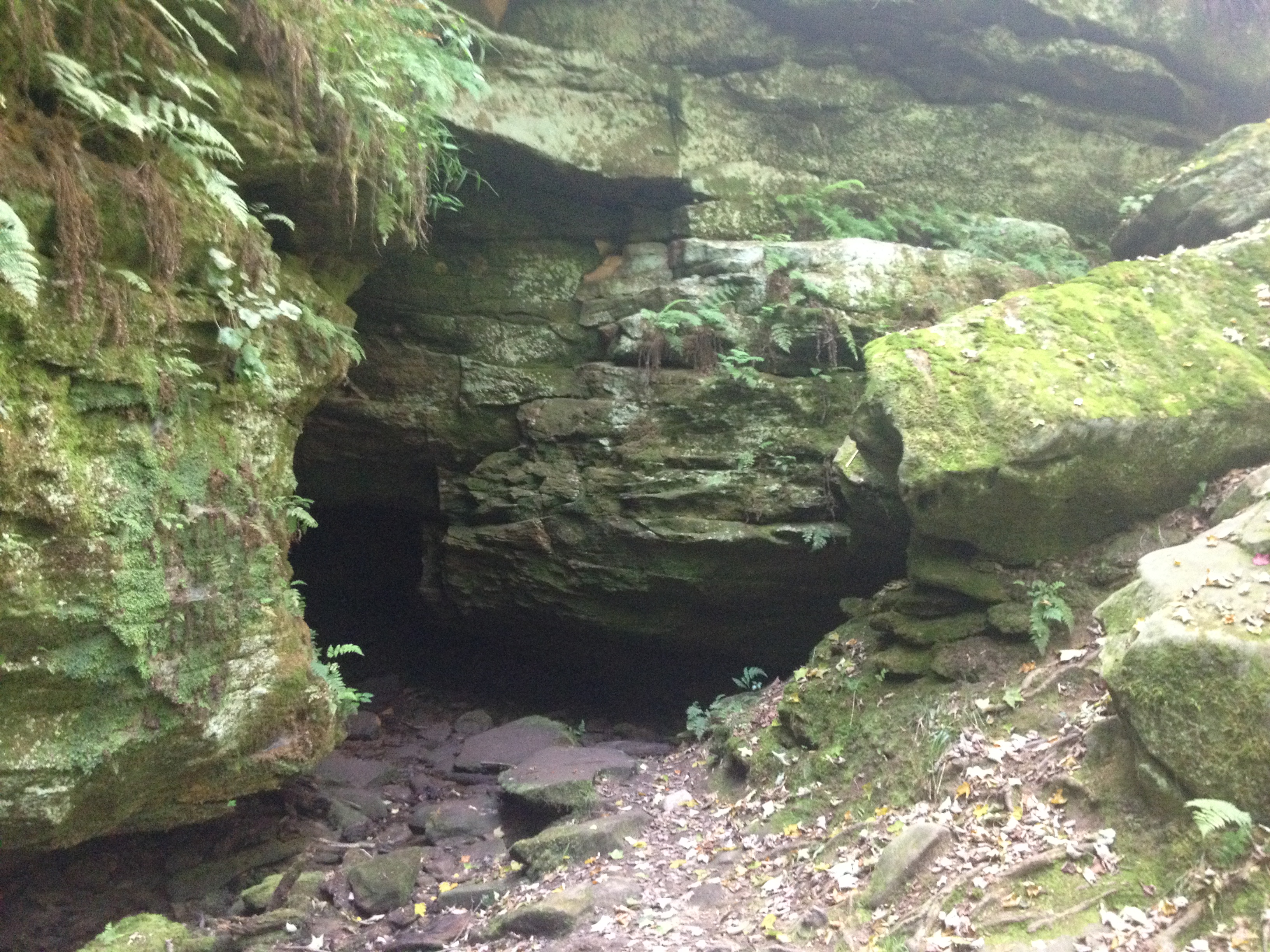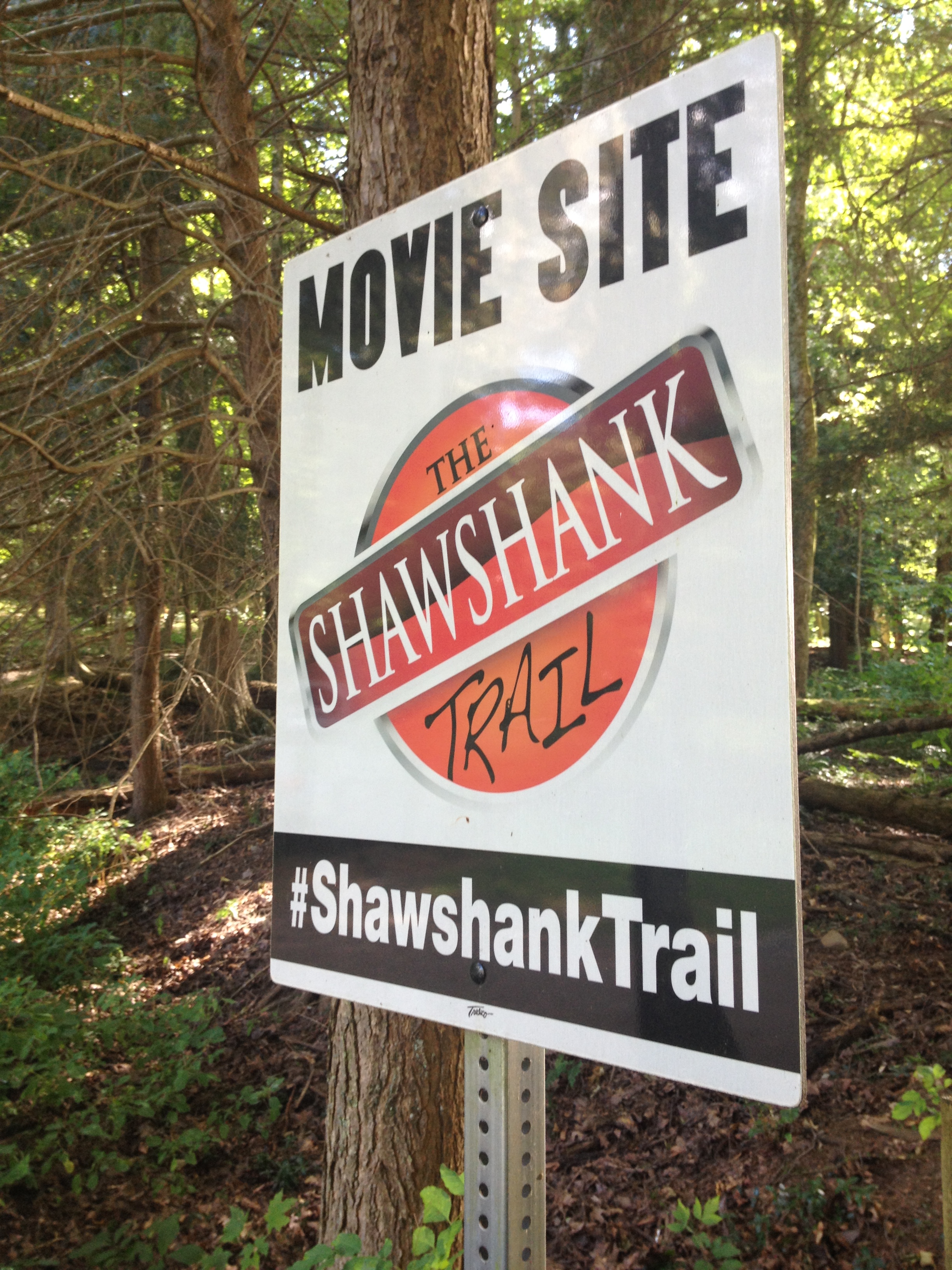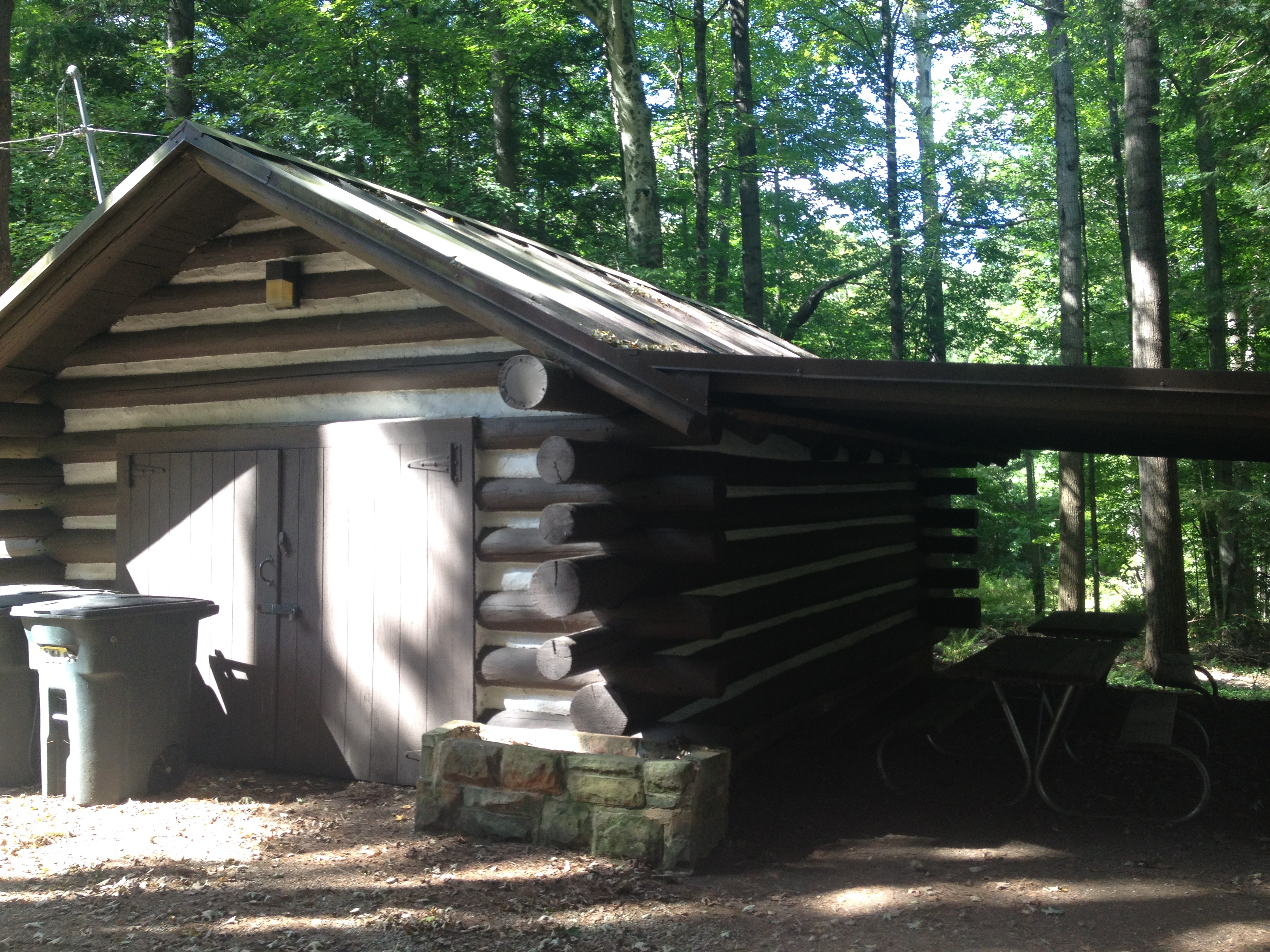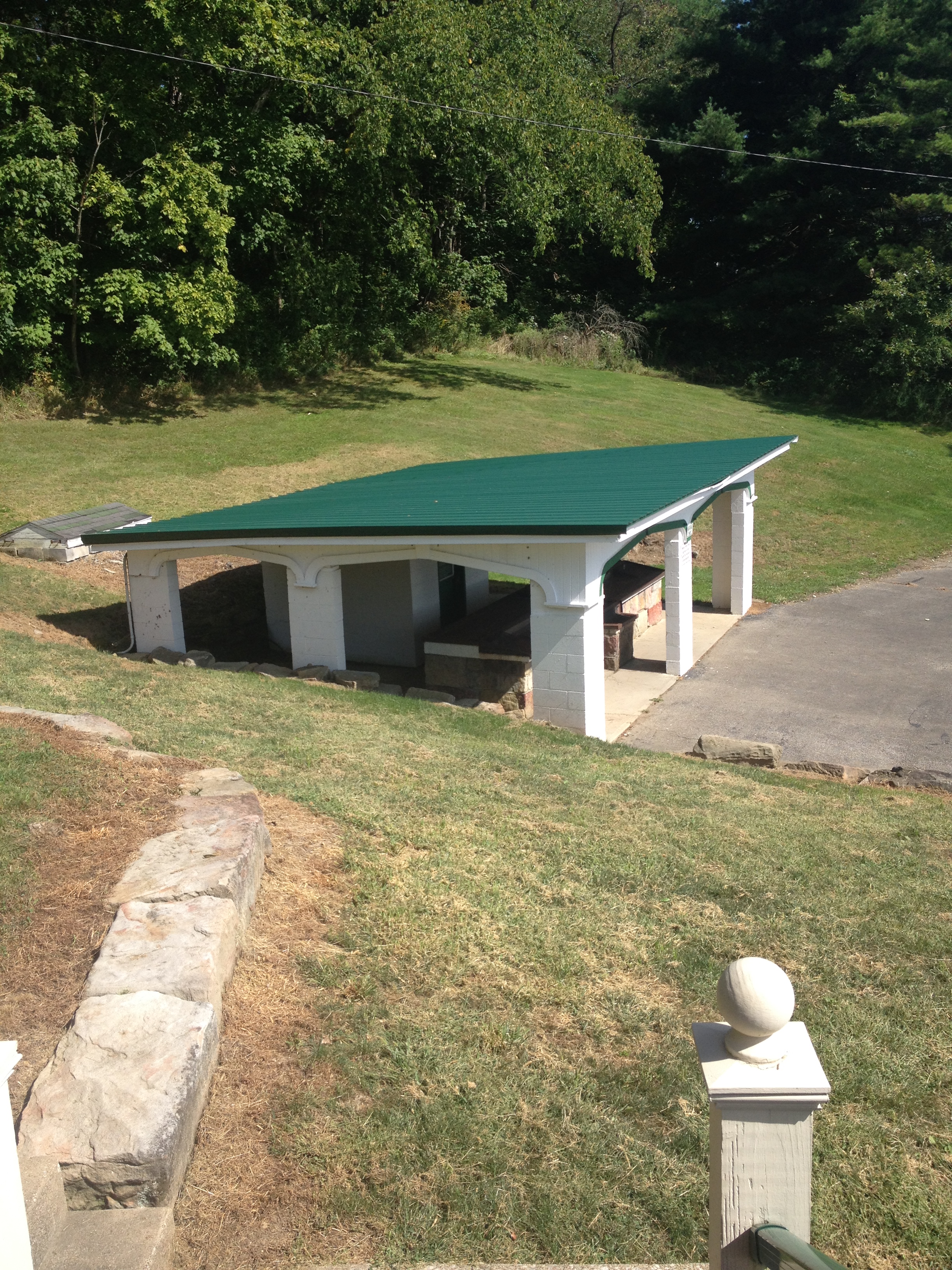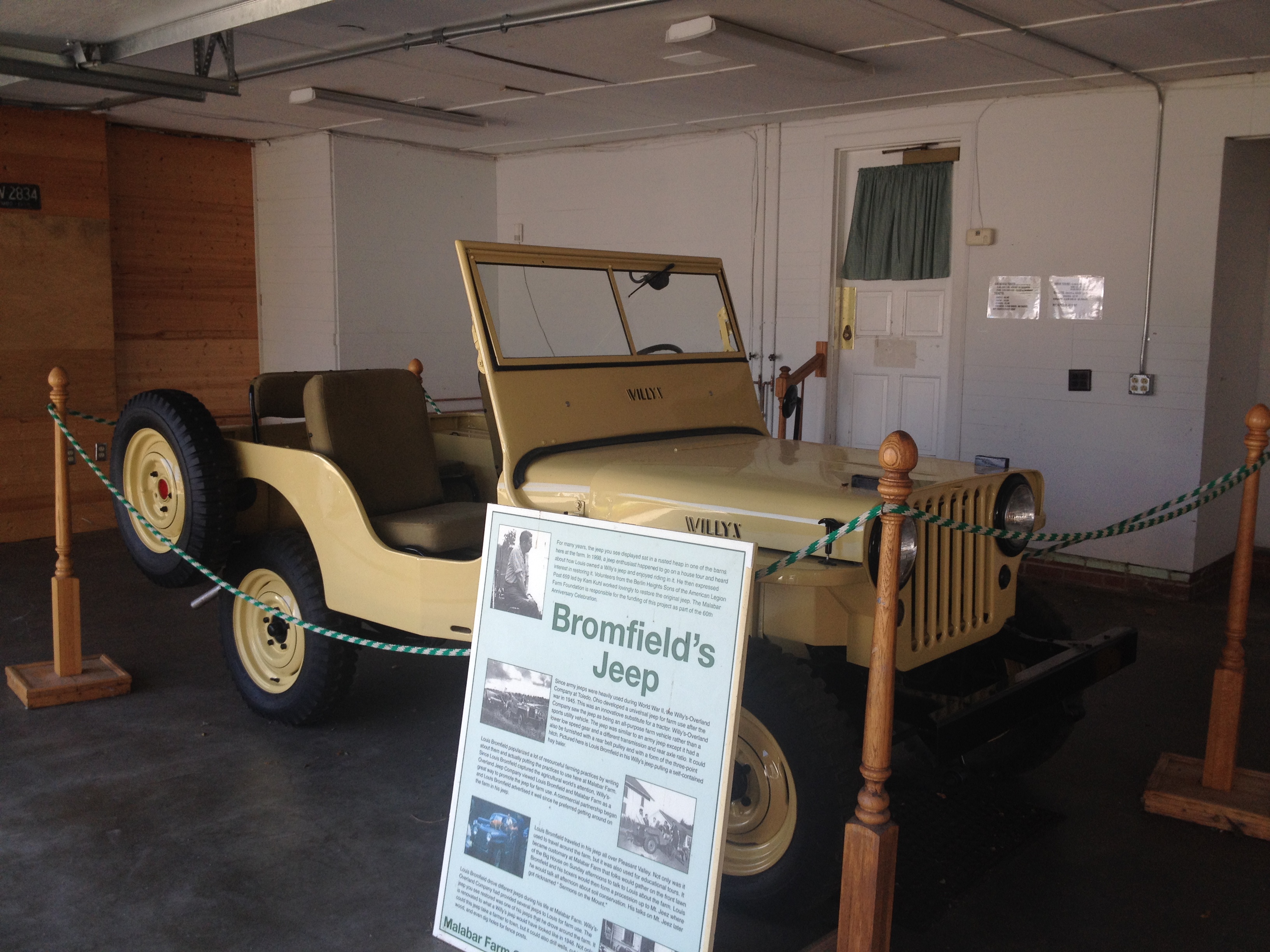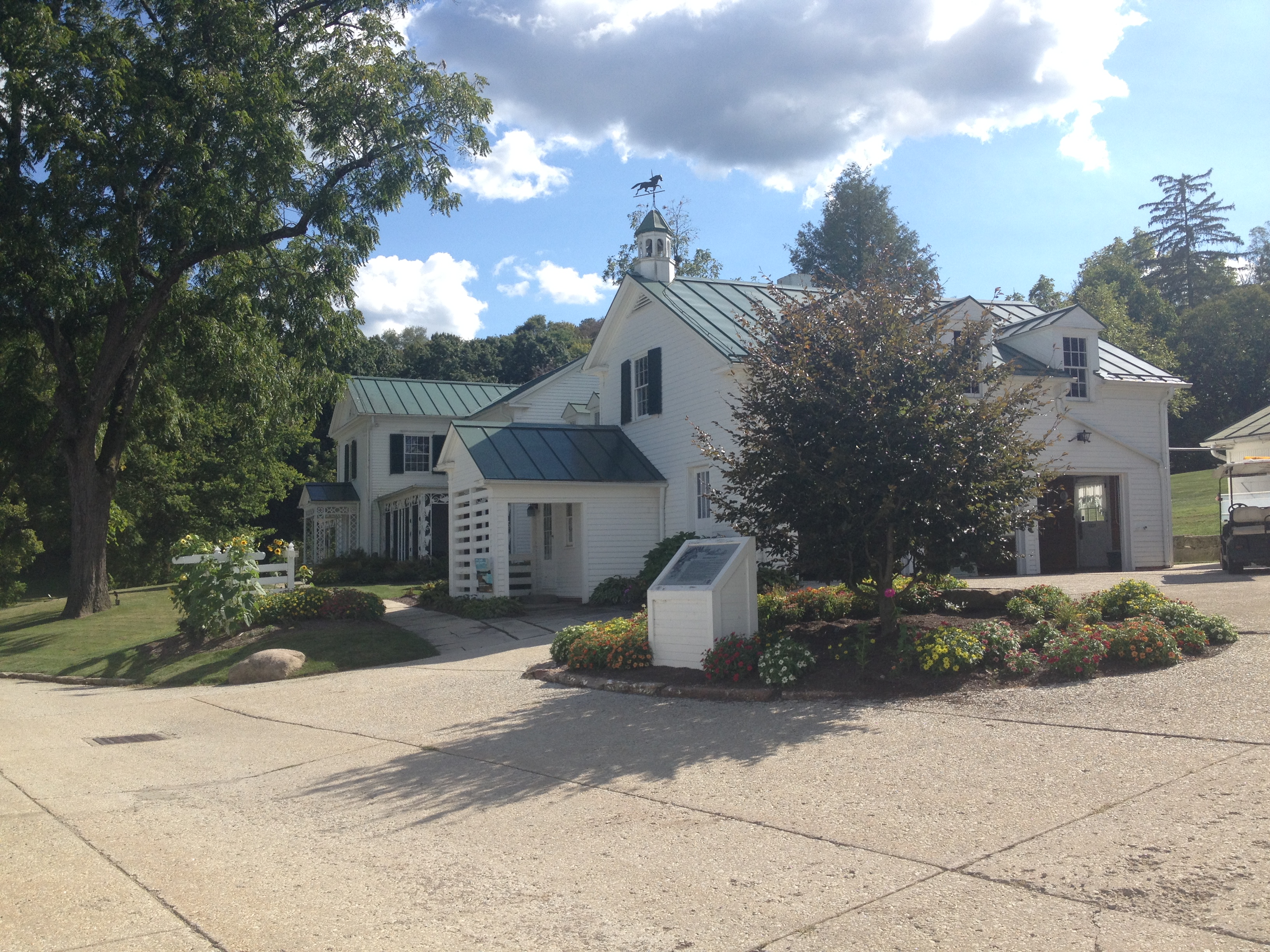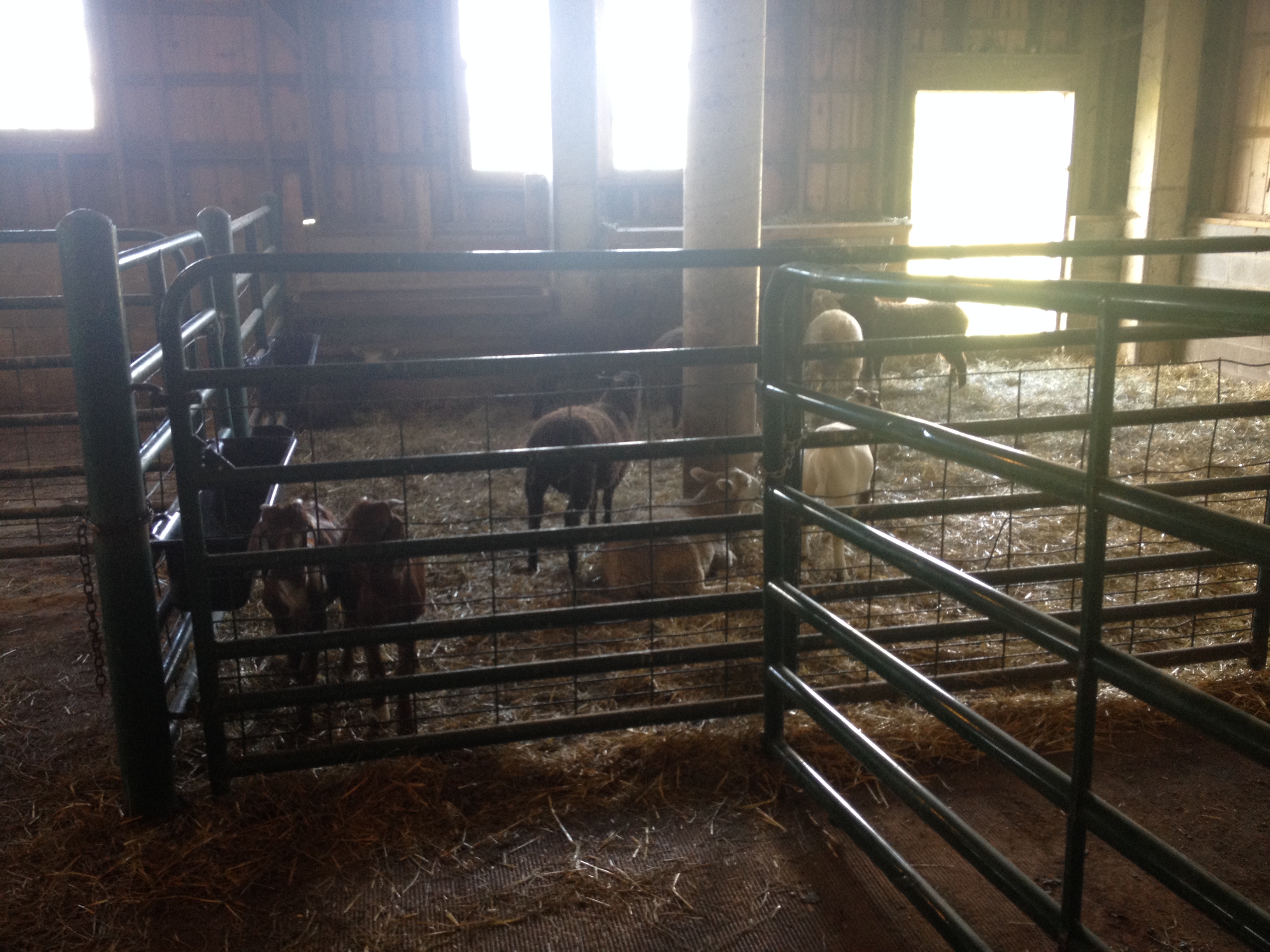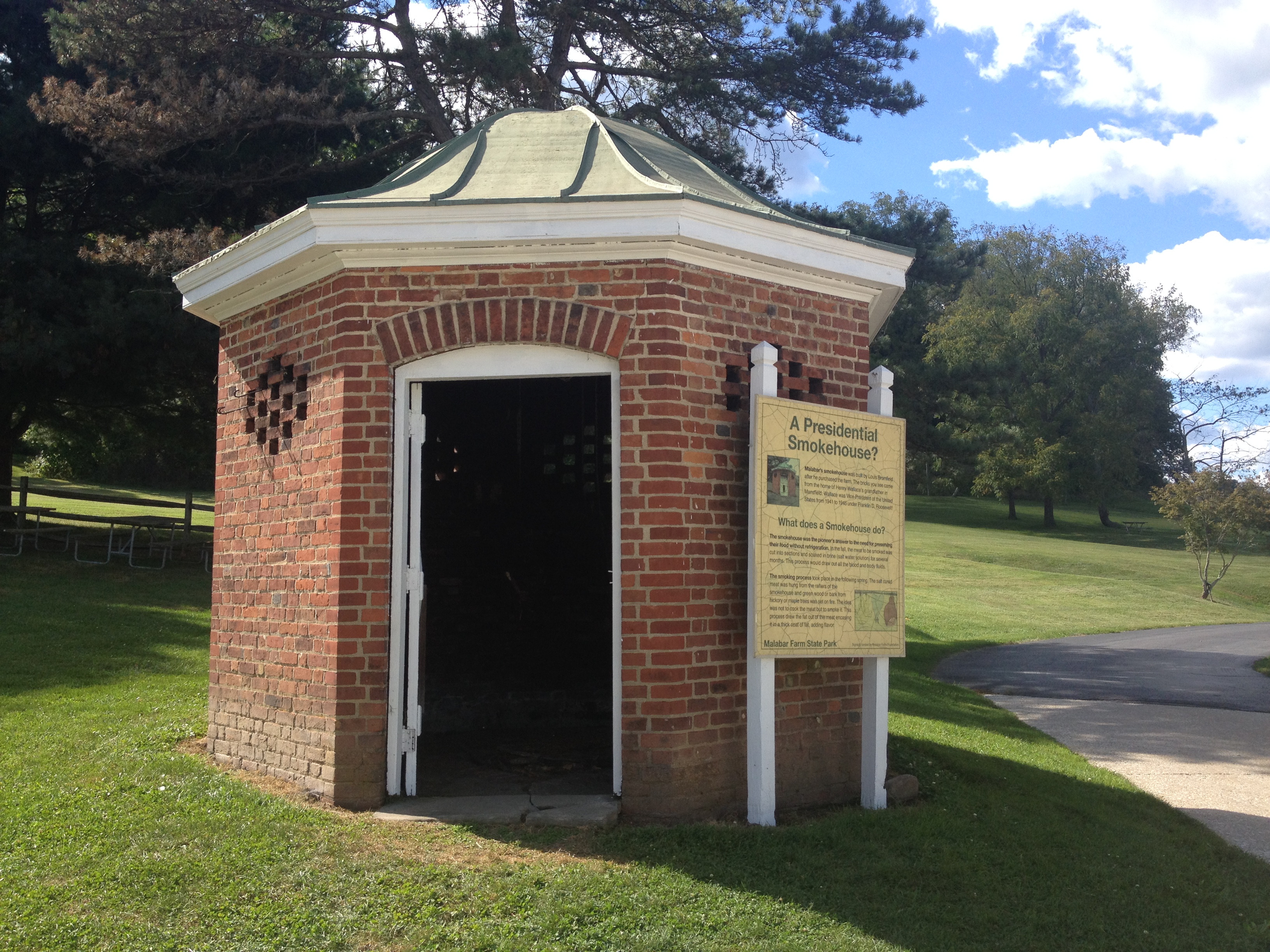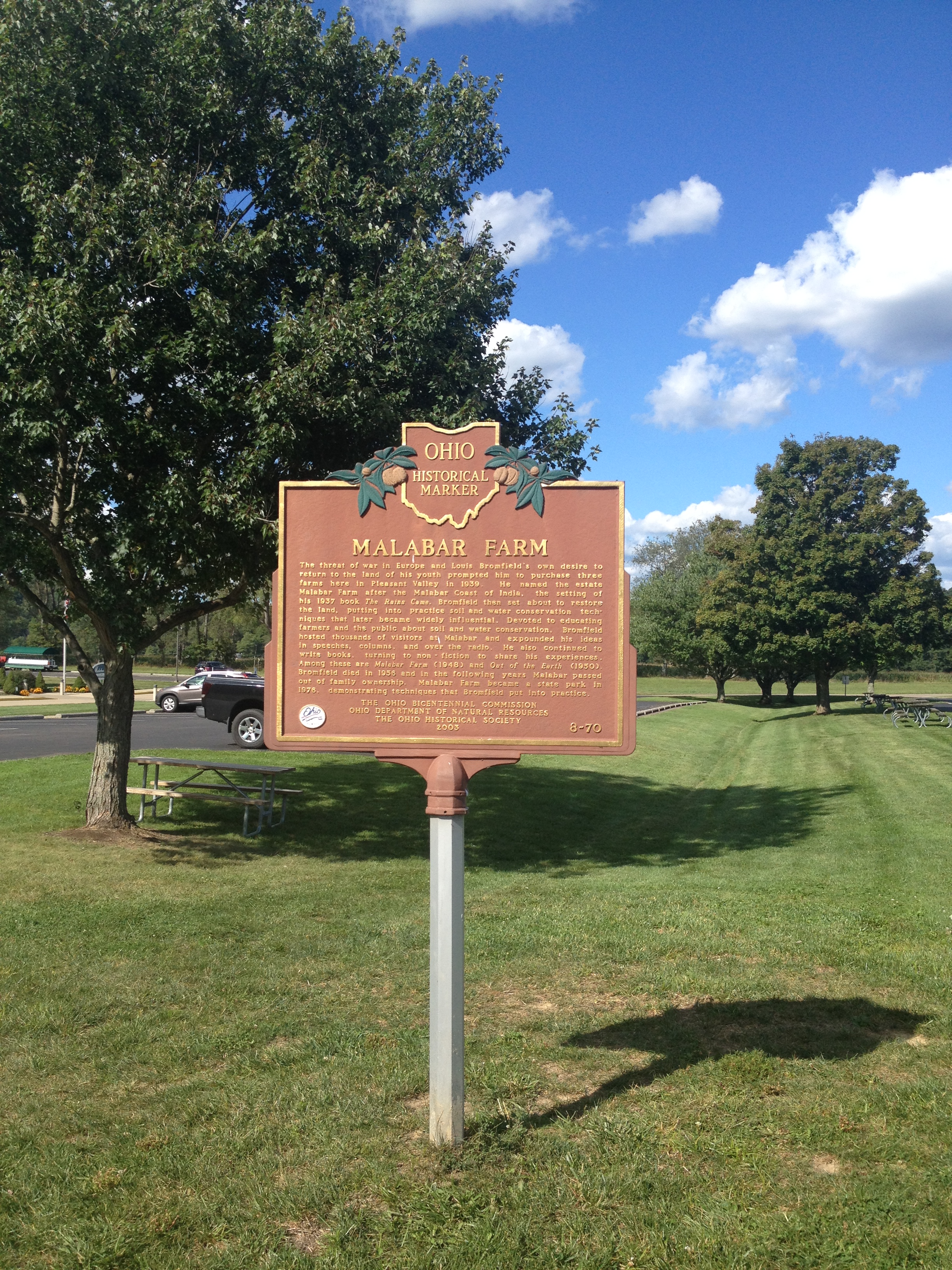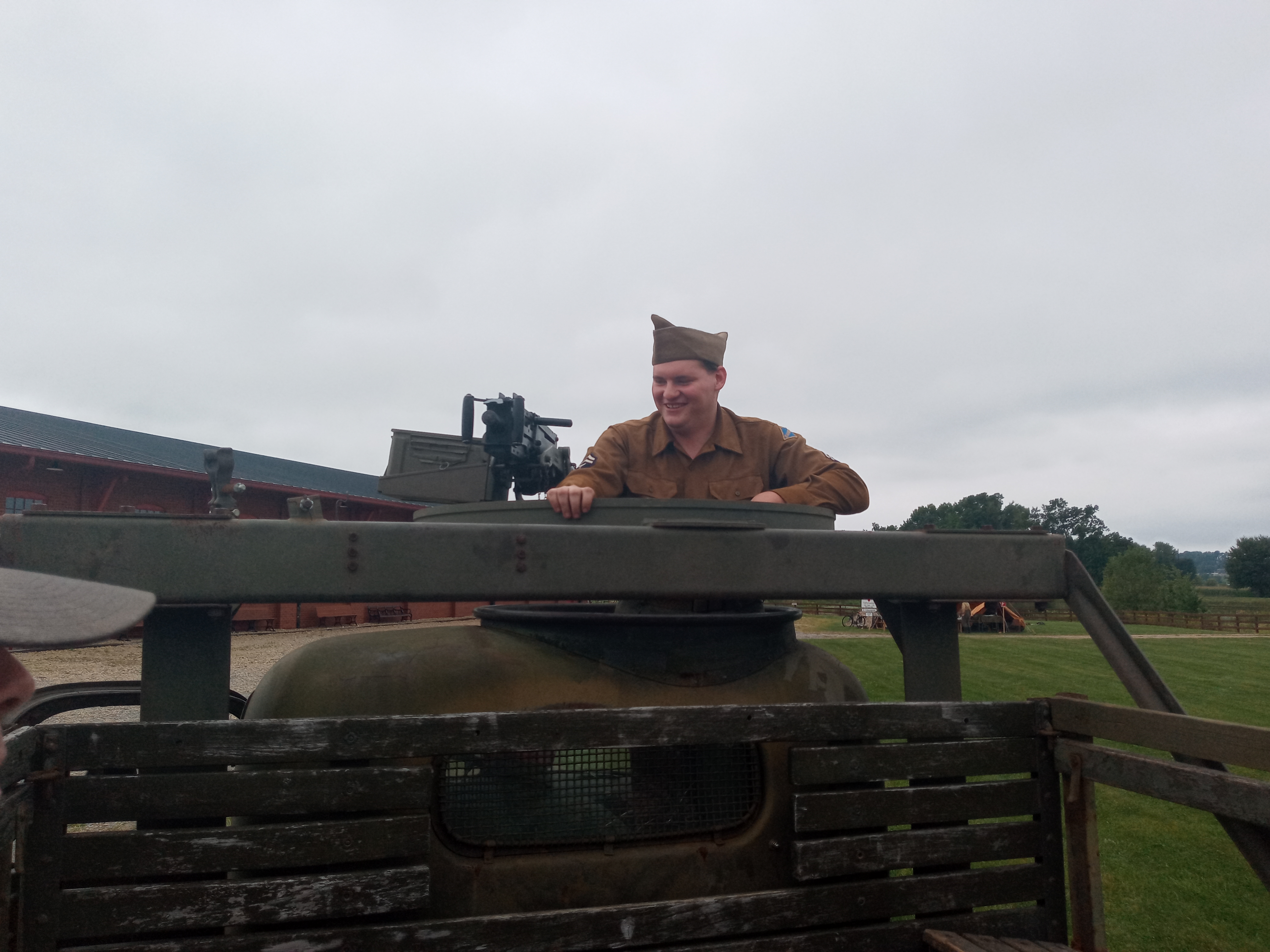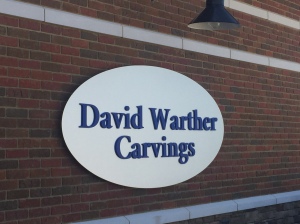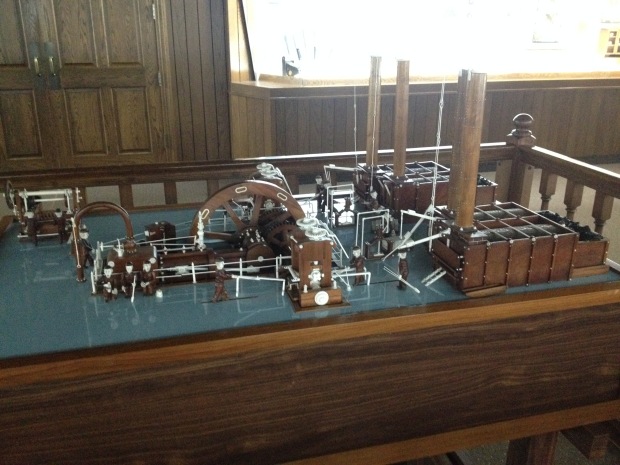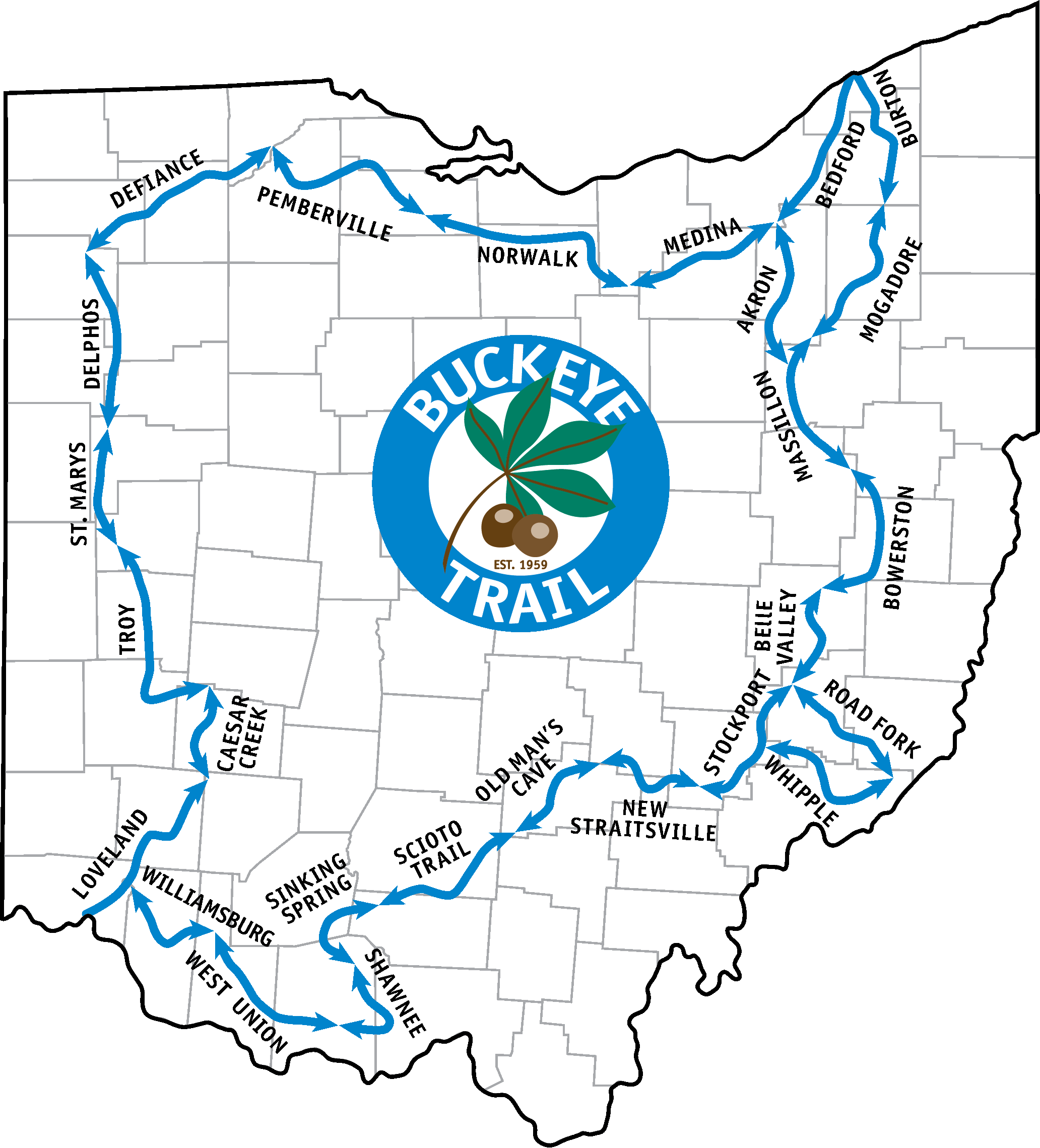Blossom – https://www.clevelandamphitheater.com/
Cuyahoga Valley National Park – http://www.nps.gov/CUVA/index.htm
Blossom Center for the Performing Arts is located in Cuyahoga Falls outside of Cleveland. It is an outdoor amphitheater that hosts concerts and is the summer home of the Cleveland Orchestra. Blossom’s pavilion section seats 5,700 people, with space for about 13,500 more on the lawn. Blossom is a great place to see the orchestra and more upscale productions, but has does not always receive favorable reviews for rock concerts. The are many options of what to see at the Blossom, so one should go to the there first before deciding the place is a waste of time. The best seats are under the pavilion (no worries about rain), but expect to pay more than a lawn seat.
The Blossom Music Center for the Performing Arts is located inside Cuyahoga Valley National Park. This park was first established as a national recreation area in 1974 by President Ford and designated a national park on October 11, 2000. It was established because many people in the area wanted to prevent urban sprawl from taking over the land.
There are many things to do inside the park. Some of them include backpacking, bicycling, bird watching, camping, canoeing, kayaking, fishing, golfing, picnicking, horseback riding, train riding, and winter sports. There are also Ranger led events all year long. Now this is something for everyone.
Cuyahoga Valley Scenic Railroad operates 12 months a year and offers transportation in the park. This is a great way to not have to drive in parts of the park. One wanting to ride the railroad should first visit http://www.cvsr.com/. This will give a good idea of prices and where to board the train. The Cuyahoga Valley Scenic Railroad operates outside of the park also, so definitely visit their site to figure out which city to board in so you are on the right train trip that goes through the park.
The first thing that comes to mind when thinking of a national park is hiking and Cuyahoga does not let down. Cuyahoga has over 125 miles of hiking trails. A portion of Ohio’s Buckeye Trail also passes through the park. There is a trail for everyone at the park. One trail of mention is the Towpath Trail. The Ohio & Erie Canal Towpath Trail is nearly level and accessible to all visitors. The trail follows the historic route of the Ohio & Erie Canal. You can walk or bike on what used to have mule pulled canal boats on it.
The park offers campsites and even offers a small bed and breakfast. The park is located between Cleveland and Akron Ohio, so those two cities also have hotels and so do many of the cities in between. Lodging in or around the park is not a problem.
One can spend the day hiking then seeing a concert at Blossom Music Center. The Blossom Center for the Performing Arts and Cuyahoga Valley National Park are two great places in Northeast Ohio not to be missed.

